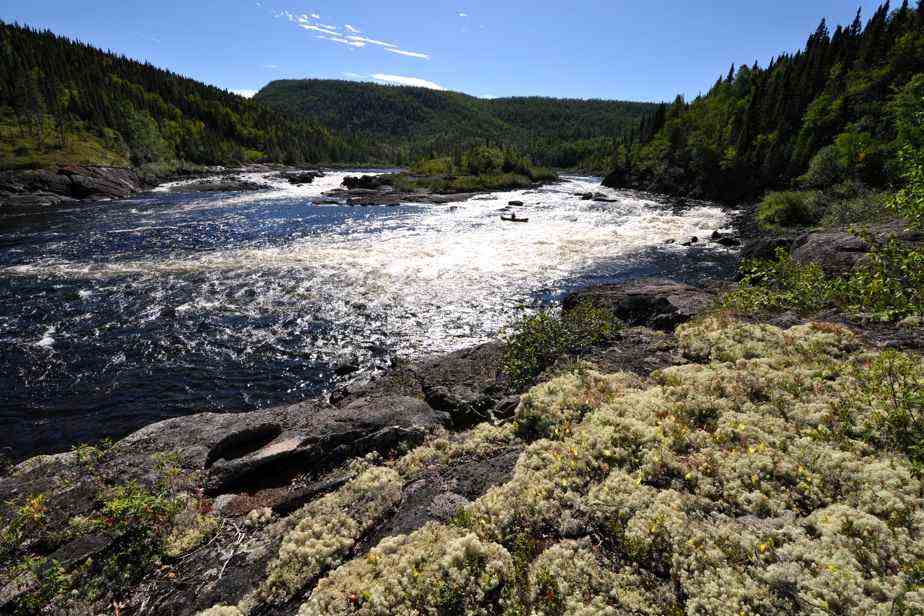The Premier of Quebec announced his Nature Plan on Tuesday as part of the COP15 on biodiversity currently being held in Montreal. In particular, he announced his desire to support the leadership of the First Nations to achieve the target of protecting 30% of the territory by 2030, which will probably be adopted at the end of COP15.
It goes without saying that the First Nations who have occupied the territory since time immemorial and ensured its protection throughout this time are the spearheads of this international commitment for the protection of biodiversity, but also of traditional indigenous ways of life. that are associated with it.
Muteshekau Shipu, the Magpie River
I would have liked this announcement by the Premier of Quebec to be accompanied by concrete actions that recognize the leadership of the First Nations in terms of protecting the territory. Several communities are actively working on projects that could have been announced at COP15.
On the North Shore, the Innu Council of Ekuanitshit has called for the protection of Muteshekau Shipu – the Magpie River – on several occasions in recent years and officially asked the government to announce the protection of this majestic river during COP15. Through the Alliance Muteshekau Shipu, they have been working in partnership with the MRC de Minganie, SNAP Québec and the Association Eaux-Vives Minganie to protect this river for nearly 15 years.
The project is mature, but Hydro-Québec has unfortunately been blocking the protection of the river for all this time, because of its hydroelectric potential.
The Magpie River is internationally renowned for whitewater sports and was the first river in Canada to gain legal personality status in February 2021. It is a natural gem in need of immediate protection.
Woodland caribou
Also on the North Shore, the Conseil des Innus de Pessamit submitted an Innu protected area project in 2020 for the Pipmuakan – a particularly important sector for woodland caribou.

PHOTO DAVID BOILY, LA PRESSE ARCHIVES
Pipmuakan woodland caribou
This project too is ripe to be announced. The caribou is an endangered species and it is particularly urgent to act now to protect the Pipmuakan population – one of the most southerly in Quebec, threatened by logging.
The Innu of Pessamit and Essipit called on the government to act, too, last week to protect Atik – the caribou – and the sacred bond that unites the Innu to Nitassinan, the ancestral territory.
Walk the talk
Representatives of these communities and other indigenous leaders in conservation will be present at COP15 to promote their conservation initiatives and their knowledge of the territory.
Quebec is missing out on a golden opportunity to shine internationally by protecting two important territories.
It is not too late for the Government of Quebec to definitively rule out the hydroelectric threat on the Magpie River, and the threat of logging in the Pipmuakan sector. This would be a great way to concretely highlight Aboriginal leadership in protecting the territory.

